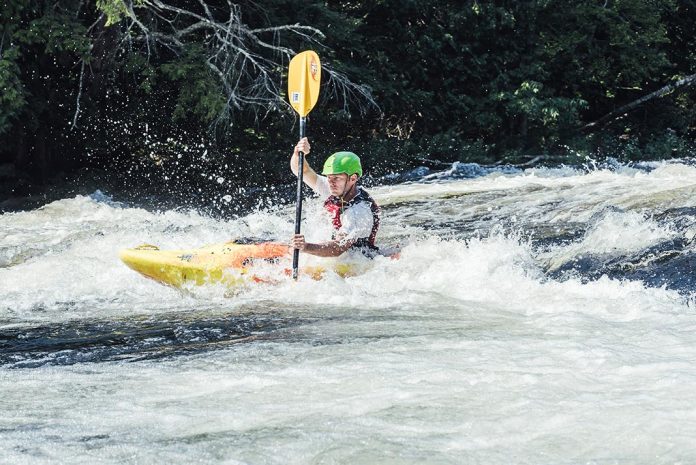It’s the sixth day of my Newfoundland search for icebergs. Six days of horizontal rain, two-degree temperatures, 60-kilometre winds and thundering surf. In six days I have yet to unload a boat or camera.
The locals call it capelin weather; I call it hell.
Yet as I drive into the town Twillingate, I realize the spirit and warmth of the people in this small town are seeping bones. I’m absorbing their accepting “see what tomorrow will bring” attitude—something totally out of character for me.
My serenity also stems from the knowledge that my local sanctuary, the Internet café, had opened at 7 a.m. and my apple pie and hot coffee were waiting.
I had come to meet the locals while drying out cameras and body day after day here. They shared their stories with me, stories about depleted fish stocks and how the young people were still leaving, but also about how things were looking better for tourism with the whale watching and birds and so on.
Over various cups of tea I was told the history of the area: about the heyday of the fishery when 100 schooners would crowd the tiny harbour to unload countless tons of cod; about the colourful house on the hill that was towed across the frozen bay by several hundred townsfolk, and of the polar bear who drifted into the harbour on the winter ice and wouldn’t leave.
Unable to paddle, I had to be creative. My routine changed. I’d get up before sunrise and drive around the back bays and fishing villages searching for icebergs and scenic backdrops. I set up boats and cameras and took shots around lobster pots, fishing stages, and boats—images that were not so much about kayaks and paddling but about weather, landscape and life on the Rock. Then I’d retreat to the café to dry out and download and edit images.
I finally abandoned my leaky tent and rented a small cabin on the water’s edge in Little Harbour.
It was one evening at dusk just before the fog rolled in when, through my binoculars, I spotted an iceberg, miles out to sea on the horizon. When seconds later it had evaporated in the fog, I ques- tioned if it really was there or if seven days of eyestrain in the fog was playing tricks on me.
The next morning, after a late evening of sampling the local rum with new friends, I pulled back the curtain and there it was, like a Hollywood prop sitting right there in the harbour. And yet another miracle, the sun was shining. I ran outside barefoot and shirtless with my camera firing away as if a thousand tonnes of ice were going to disappear in minutes.
A sense of urgency set in. I drove quickly into town to look for volunteers to paddle boats. A few local “lads” enlisted and we set out toward the grounded berg.
I soon realized that the main berg was still too exposed to the open seas to approach it with inexperi- enced paddlers. However, there were plenty of house-sized chunks of iceberg drifting in the bay.
What quickly became more interesting than the ice was the joy and curiosity on the faces of the paddlers.
Men that had grown up and worked on and around the sea all their lives became excited young children discovering a new toy. I stopped shooting and simply watched as they circled the ice and spontaneously dashed off in mad sprints and chases. Looks of astonishment took hold as they realized how fast they could go under their own power.
When I asked what they thought of the boats the answers came as if in a chorus, “It’s so quiet.”
All their lives on the water had been spent with the constant drone of a labouring motor. They hadn’t experienced the quiet and solitude of kayaking or sensed the power and independence of being self-propelled.
I didn’t take a lot of photos that first day on the water, I spent more of my time soaking up the fun that these guys were having.
I recalled the renowned photographer Freeman Patterson saying good photography is applying the “art of seeing.” But I realized photography is equally a process of learning the “art of connecting” with the landscape, and more importantly, the people within that landscape.
The weather changed, the seas calmed (slightly) and we got out more and more in the boats. The images that I had envisioned, that I had frantically chased for days unfolded before me. My wonder grew daily as these huge ice cas- tles dripped, broke up and changed shape. They had travelled thousands of kilometres from Greenland on the Labrador Current to die a slow death on the shores of Newfoundland. They formed tall pinnacles and small inner ponds, blue and green veins of ice revealing themselves.
As the weeks passed I ended up getting the shots I had hoped for but I don’t need any photographs to remember that first day on the water. I still feel a certain warmth inside knowing that I had given something back to these new friends who had sheltered and adopted me for several weeks while the capelin weather blew.
Rick Matthews is a retired steelworker and photographer with some time to kill.
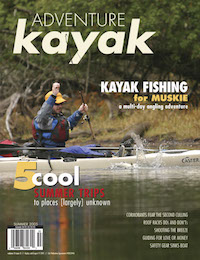 This article first appeared in the Summer 2005 issue of Adventure Kayak Magazine. For more great content, subscribe to Adventure Kayak’s print and digital editions here.
This article first appeared in the Summer 2005 issue of Adventure Kayak Magazine. For more great content, subscribe to Adventure Kayak’s print and digital editions here.



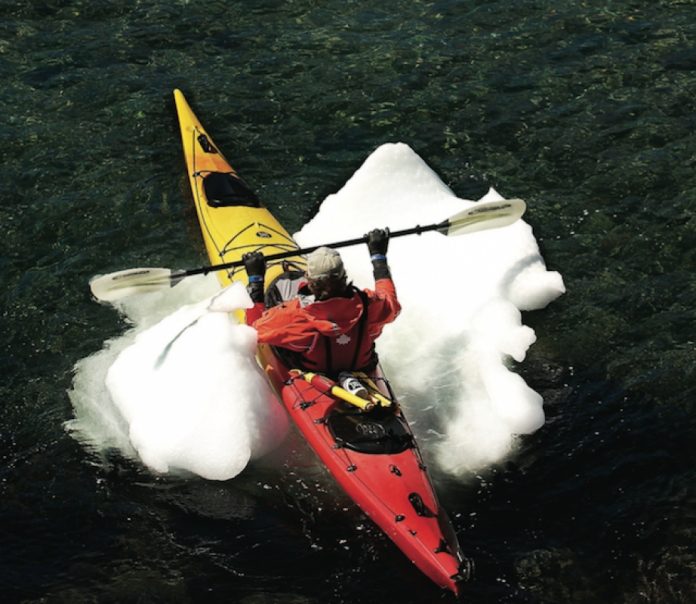
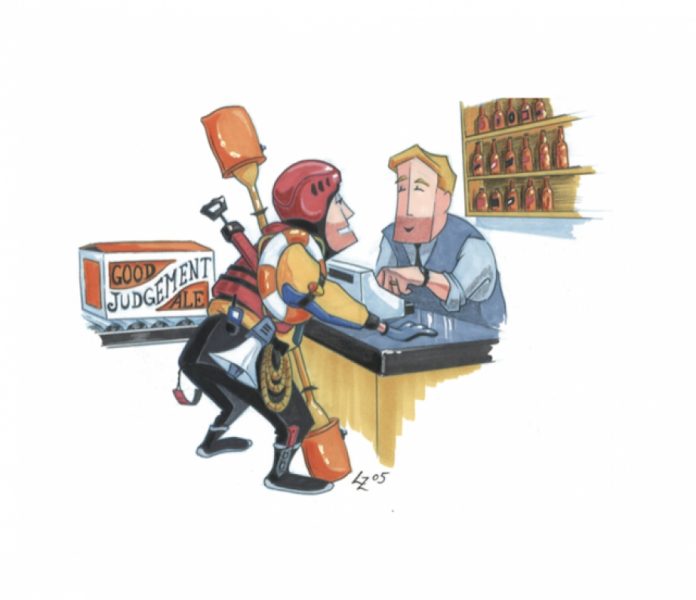
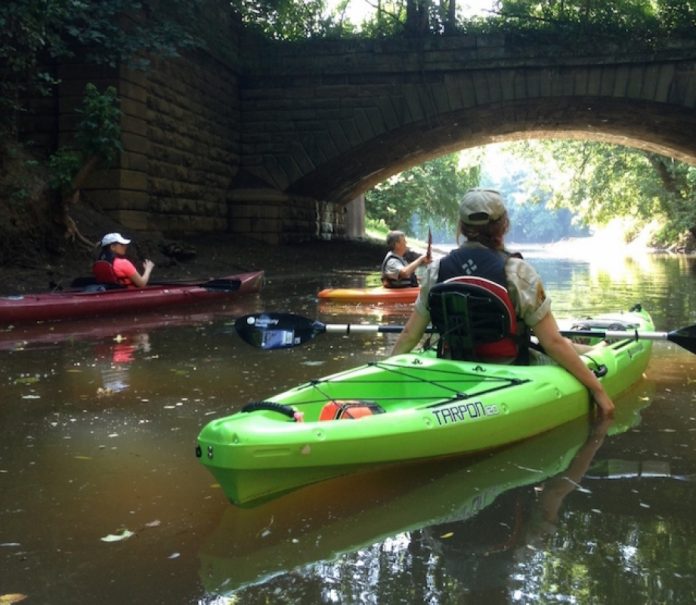
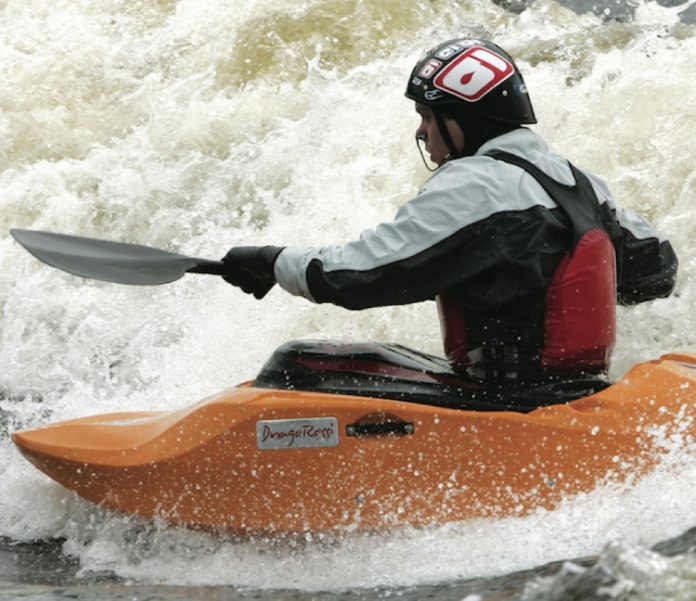
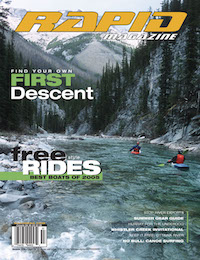 This article first appeared in the Summer 2005 issue of Rapid Magazine. For more great boat reviews, subscribe to Rapid’s print and digital editions
This article first appeared in the Summer 2005 issue of Rapid Magazine. For more great boat reviews, subscribe to Rapid’s print and digital editions 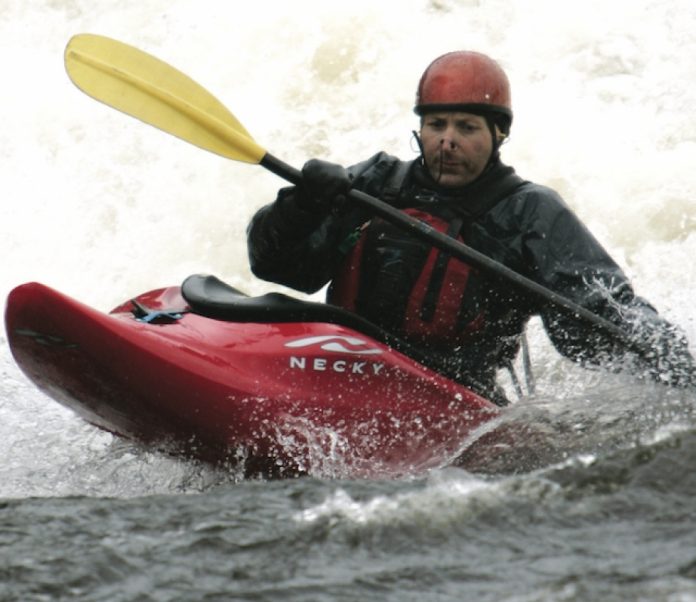
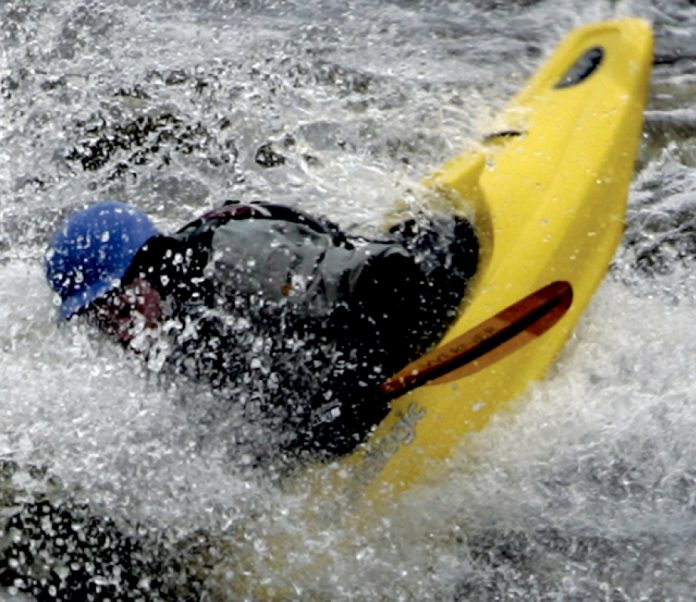
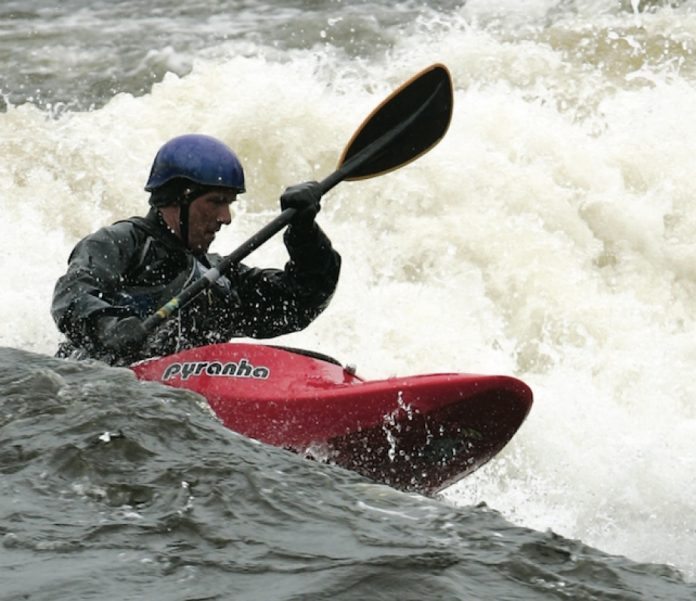
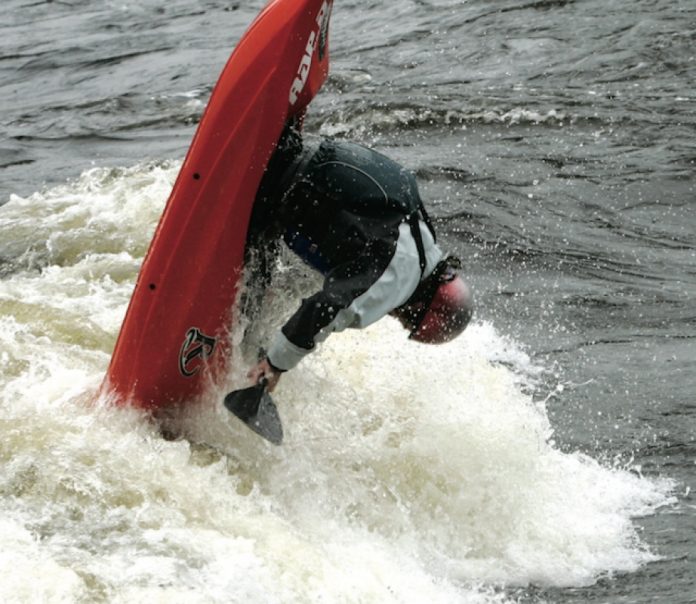
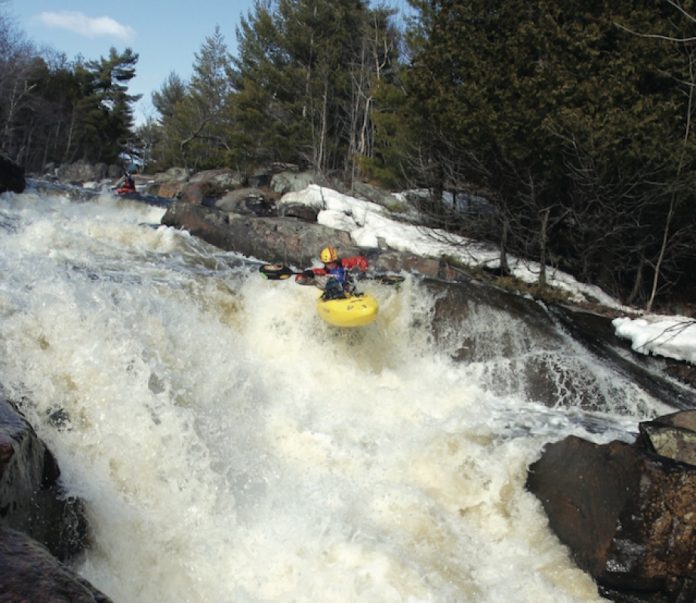
 This article first appeared in the Early Summer 2005 issue of Rapid Magazine. For more great content, subscribe to Rapid’s print and digital editions
This article first appeared in the Early Summer 2005 issue of Rapid Magazine. For more great content, subscribe to Rapid’s print and digital editions 